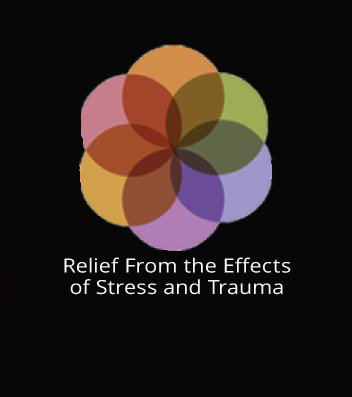What Fight or Flight Is Not
What Fight or Flight Therapy is NOT
- It is not talk therapy, coping skills or behavior modification.
Though it should be part of any stress management program,
Fight or Flight Therapy does not teach you to live with your stress. It acts like a tune up for your nervous system
so you handle your stress better. You are functioning at a higher level. Things that had been stressful suddenly become less so.
- It is not EMDR.
Eye Movement Desensitization and Reprocessing is a wonderful and extremely valuable technique used in psychotherapy for PTSD (post-traumatic stress disorder). As the name implies, it is designed to desensitize you to specific traumatic events in your life. Many people have benefited by becoming less reactive to these feelings and memories. But the overall effect on your nervous system's shift into fight-or-flight
is less affected. You may cognitively, emotionally and viscerally feel better about your trauma, but your nervous system will still very likely be stuck in some degree of fight-or-flight.
How do we know this?
During the
Fight or Flight Therapy
diagnostic certain objective measures of
fight-or-flight are made. Many people who have been previously treated with EMDR do not measure significantly differently than the average person seeking help. They may very well be functioning better because they are less sensitive to a precipitating trauma, and they may have done deep emotional work around the trauma, but their nervous system's shift into
fight-or-flight, their physiology, is still limiting their ability to function optimally overall. Adding
Fight or Flight Therapy to an EMDR protocol has proven very beneficial.
Also, it is very important to understand that
Fight or Flight Therapy
does not focus on any single trauma or event. As a tune up for your nervous system it is working on the fight-or-flight
you have accumulated throughout your entire life!
- It is not light therapy for SAD.
In the shorter days of winter, some people become depressed due to the lack of sunlight, especially in more northern latitudes. This condition is called SAD for Seasonal Affective Disorder. Treatment involves a form of light therapy where people sit in front of full-spectrum lights that mimic natural daylight. This is a very different form of light therapy than Fight-or-Flight Therapy where, rather than daylight, very specific wavelengths of light are used, and the goals of therapy are totally different.
Interestingly though, with both being light therapies, there is very likely some overlap in the mechanism of how they work. Though it has not been shown that artificial or natural daylight has an effect on fight-or-flight, many with SAD who have undergone Fight or Flight Therapy report a significant reduction or elimination of their SAD symptoms.
- It is not meditation, biofeedback, relaxation techniques or breathing exercises
For centuries, different forms of meditation and breathwork have been shown to be beneficial in reducing stress. The TM or Transcendental Meditation organization has done some very interesting research to support such claims. Dr. Herbert Benson has introduced a popular and simple breathing technique called The Relaxation Response that can quickly produce a similar relaxing effect.
These are very effective techniques for reducing daily stress. Modern research supports age-old wisdom in using these excellent methods to calm and create ease in our minds and bodies. When practiced regularly, these techniques can be very effective. But that's the key:
you have to keep doing them.
Rather than temporarily
calming someone, in
Fight or Flight Therapy, we are resetting their nervous system to a calmer place.
For example, a holistic practitioner who has meditated for many years had a very interesting experience. During just the very first week of his
Fight or Flight Therapy he reported a calm and peace that he had never experienced in all his years of meditation. His wife (an EMDR practitioner) couldn't believe the changes. He promptly referred half a dozen of his clients.
How is Fight or Flight Therapy different?
Fight or Flight Therapy is a short-term
program that goes far beyond these other techniques to specifically calm the fight-or-flight
response. The changes tend to be permanent requiring no on-going maintenance. As a result, a baseline of calmness is re-defined, and relaxation occurs naturally.
The Fight or Flight
Questionaire
Is Flight or Flight Therapy right for you?
These area a sampling of symptoms common to people stuck in fight-or-flight.
How many symptoms do you have?
You might be surprised, or maybe you will confirm what you already suspect.
How many symptoms do you have?
You might be surprised, or maybe you will confirm what you already suspect.

